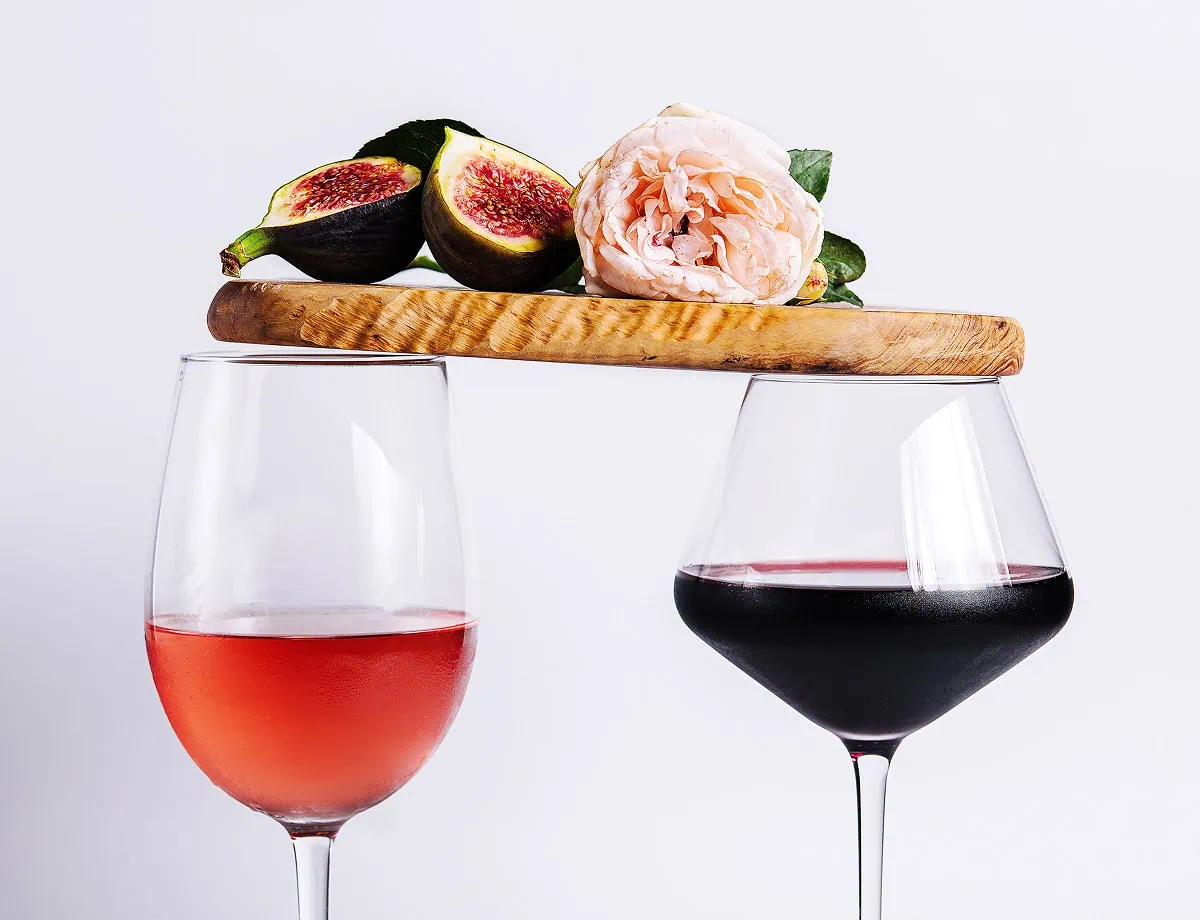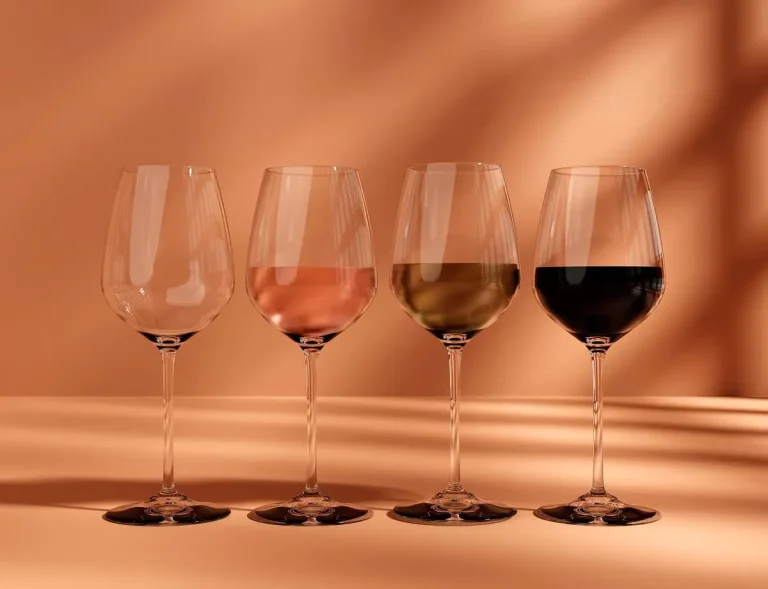🎁 Buy 6 Bottles, Get 6 FREE
Dry Wine Sugar Content

Dry wines have very low levels of residual sugar—usually under 2 grams per liter (g/L), though some definitions extend the range up to 4 g/L. This minimal sugar content results from fermentation, during which yeast converts most of the grape’s natural sugars into alcohol. The sensation of dryness in a wine also depends on its acidity, which can offset slight sweetness, and its fruit characteristics, which may give the illusion of sweetness even in a dry wine.
If you’ve ever scanned a wine label for sugar content and found… nothing — you’re not alone. Unlike soft drinks or packaged foods, wine rarely discloses its sugar levels on the bottle. And yet, for anyone watching their sugar intake — whether for weight management, diabetes, or clean eating — that missing info matters.
Let’s demystify dry wine’s sugar content. Because while dry wines are often pitched as the “low sugar” choice, there’s nuance worth sipping slowly.
Key Takeaways
- Dry wine contains less than 1.5g of sugar per glass (150ml), making it one of the lowest-sugar alcoholic drinks available.
- Fermentation is key — in dry wines, yeast converts almost all grape sugars into alcohol, leaving little residual sugar behind.
- Sweet wines can have 10–50g of sugar per glass, depending on style and production methods.
- Not all “dry” labels are honest — always check the actual residual sugar (g/L) if you’re watching your sugar intake.
- Dry wines are ideal for low-sugar, keto, or diabetic-friendly diets, but alcohol still affects metabolism and insulin sensitivity.
- Choose styles like Sauvignon Blanc, Pinot Grigio, Cabernet Sauvignon, or Tempranillo for reliably low sugar.
- If in doubt, opt for wines labelled “Brut”, “Bone Dry”, or “Trocken” for truly low-sugar options.
How Much Sugar Is in Dry Wine?
On average, dry wine contains between 0.1 to 0.3 grams of sugar per 100ml — or less than 1 gram per glass (150ml). For comparison:
| Wine Style | Sugar per 150ml |
|---|---|
| Dry wine | 0.5 – 1.5g |
| Off-dry wine | 4 – 10g |
| Sweet wine | 20g+ |
| Dessert wine | 30–100g+ |
A truly bone-dry Sauvignon Blanc or Cabernet Sauvignon might have less sugar than a carrot. But some mass-market “dry” wines may still sneak in sugar to soften acidity or improve shelf stability.
Pro tip: If you’re serious about cutting sugar, look for terms like “Brut”, “Bone-Dry”, or wines under 1g/L residual sugar on winery websites or apps like Vivino.
But sugar isn’t the only factor worth considering. For a more holistic view on how dry wine fits into a healthy lifestyle — from antioxidants to calorie counts — explore our full guide: is dry wine good for you?

Dry vs Sweet Wine Sugar Levels
Let’s be blunt: sugar is the main differentiator between dry and sweet wine — not grape type, not colour, and not alcohol level.
- Dry wine = Fermentation has converted nearly all grape sugar into alcohol.
- Sweet wine = Fermentation is stopped early, or sugar is added back in.
That’s why dry wine tastes crisp or tart, while sweet wines lean syrupy, fruity, or dessert-like.
Examples:
- Dry: Chianti, Chablis, Pinot Noir, Tempranillo
- Sweet: Moscato, Port, Sauternes, Lambrusco (some styles)
Some people think rosé is light and dry — but many rosés on the shelf have 8–10g of sugar per glass. Flip that bottle around (or look it up) before you pour.
Low sugar often means fewer calories. Explore how dry wine compares calorie-wise to sweet wines.
Why Dry Wine Is Lower in Sugar
It’s not marketing hype — dry wines are chemically lower in sugar due to full fermentation.
Here’s how it works:
- Grapes are crushed and fermented.
- Yeast consumes the natural sugars, producing alcohol and CO₂.
- If fermentation goes to completion, almost all sugar is gone.
- If fermentation is stopped early (either naturally or intentionally), residual sugar remains.
Some producers may also add sugar, but this is typically banned or discouraged in high-quality dry wine production.
So the real magic is in the fermentation — not additives, not manipulation. That’s why dry wines have become the go-to for anyone cutting sugar without cutting wine.
Is Dry Wine Good for Low-Sugar Diets?
Yes — dry wine is often one of the lowest-sugar alcohol options available. Especially compared to:
- Cocktails (10–20g sugar in one margarita)
- Sweet ciders (15–25g per glass)
- Tonic mixers (over 8g per 150ml)
That makes dry wine an easy choice for:
- Low-glycemic eating
- Keto or low-carb diets
- Diabetics (with caution and portion control)
A glass of Sauvignon Blanc won’t spike your sugar — but a glass of dessert wine might as well be pudding.
But here’s the catch…
Dry wine is still alcohol, and alcohol can disrupt blood sugar regulation, increase appetite, and impair decision-making around food. So while dry wine is a lower-sugar choice, it’s not a healthy drink. Moderation and context matter.
Dry Wine Sugar Content: Small Numbers, Big Impact
Dry wine won’t wreck your sugar goals — and in fact, it’s one of the cleanest ways to enjoy alcohol without hidden sweeteners or additives. But don’t rely on vague labels alone.
Learn to:
- Check for residual sugar info when you can
- Opt for traditional wines from Europe (they tend to be drier)
- Choose “Brut”, “Sec”, “Trocken”, or “Bone-Dry” when in doubt
- Pair dry wine with meals, not desserts (unless you’re doing a contrast pairing intentionally)
Dry wine is subtle. It doesn’t shout. But once you know what to look for, it becomes the quiet hero of your low-sugar lifestyle.
Dry Wine Sugar Content FAQ
Usually between 0.3 to 0.9g per 150ml glass — much lower than sweet reds, which can exceed 10g per glass.


